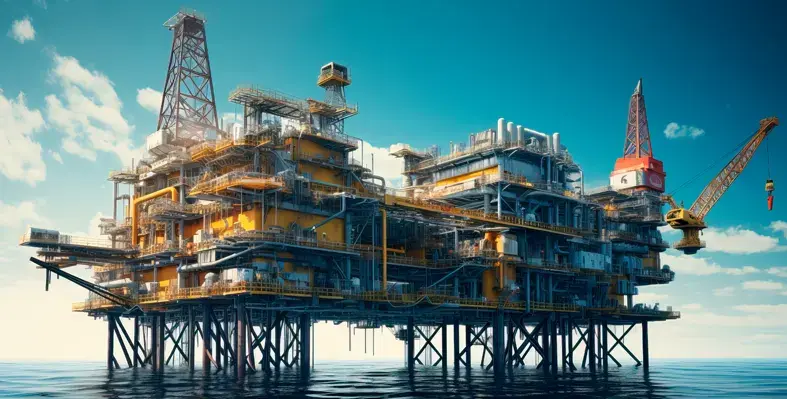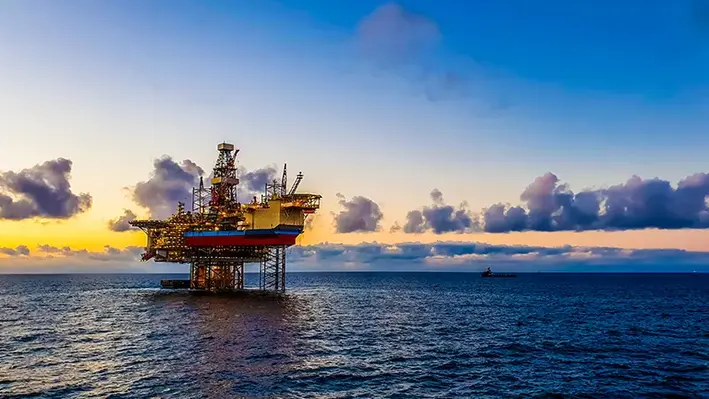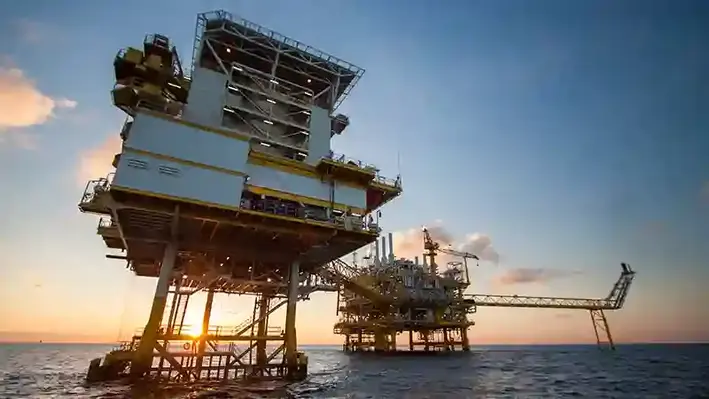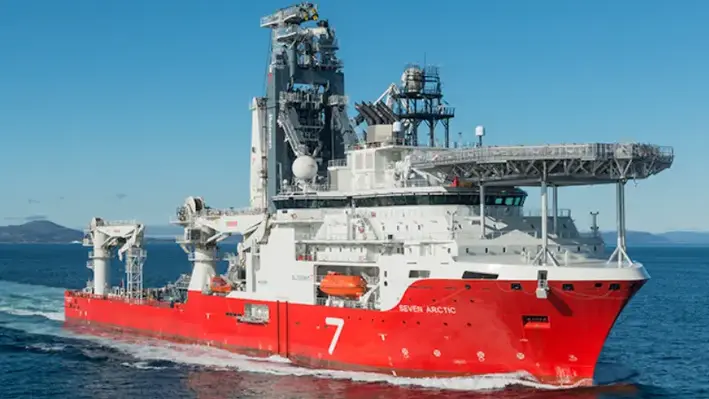
More than 200 offshore fields comprising of over 1,500 platforms and 7,000 wells are expected to curb production by 2030, signalling an urgent need for clarity in regard to decommissioning regimes.
Despite the task size, only a handful of southeast Asian countries are involved in decommissioning activities, making their overall experience limited. Adding to this challenge, are the following three region-specific issues:
- Inconsistent regulatory framework: Domestic legislation and approach to international conventions are not consistent across regions. This means that southeast Asian country has its own requirement for decommissioning. For example, while Malaysia is a part of numerous international decommissioning conventions, regulations indicated in these treaties have not been incorporated into domestic law.
- Difficultly associating legal entity with decommissioning liability: The older concession agreements or PSCs did not provide for decommissioning of the offshore installations, which meant that they could not clearly identify the entity with liability for decommissioning in each case. Moreover, while there are many joint development agreements (JDAs) or arrangements between States or NOCs and oil and gas companies, there is however, a lack of any standard forms of agreement.
- Dearth of experience: Given the immature nature of southeast Asia’s oil & gas industry, the number of regional contractors who exhibit an experience in decommissioning are relatively low. Additionally, owing to shallow water depths and tropical climate, most offshore structures in the region are susceptible to dense marine growth. This is a major challenge that southeast Asia faces, which also hampers the undertaking of decommissioning projects by national and international contractors.




